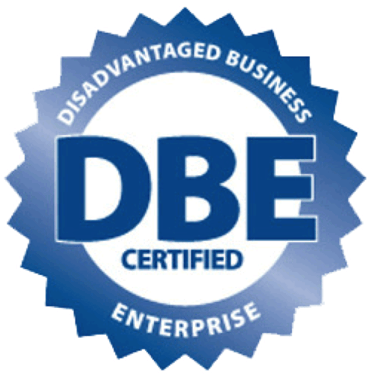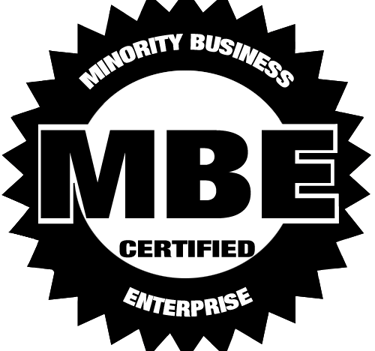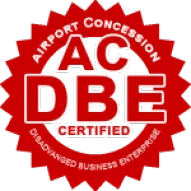The $2 Million Mistake: How Poor Documentation Turned a Minor Accident Into a Major Payout


It started with a minor incident: a delivery driver slipped on a wet loading dock while dropping off parts at a manufacturing facility. There were no broken bones, and the driver was back to work in days. Yet one year later, that simple accident led to a $2 million general liability settlement.
What went wrong?
The answer lies in something many businesses overlook: proper documentation and response protocols. In this real-life case, poor incident records and inconsistent communication made defending the claim nearly impossible.
The Anatomy of the Claim
The manufacturer had a basic incident log, but the report was missing key details:
No photos of the area
No written statement from the injured driver
No witness statement from the employee on duty
No maintenance or cleaning records for that day
Worse, no one informed their insurance broker or carrier until a demand letter arrived nearly three months later.
The driver, encouraged by counsel, claimed the area had a long history of standing water and that no warning signs were posted. With no documentation to refute these statements, the insurer opted to settle.
The Real Cost of Poor Documentation
Claims aren’t just about fault. They’re about what can be proven, tracked, and defended. Here’s what inadequate documentation can lead to:
Higher Settlements: If your insurer can’t defend the claim, they’ll likely settle—often for much more than the true value.
Rising Premiums: Large payouts can cause your premiums to increase for 3–5 years.
Coverage Restrictions: Carriers may impose deductibles or exclude locations if documentation is consistently lacking.
Damaged Reputation: Public or client-facing businesses may suffer PR damage when claims aren’t well managed.
5 Steps to Strengthen Your Incident Documentation
1. Create a Standard Incident Report Template
Include:
Who was involved
Time and location
Weather or site conditions
Initial observations
Witness names and statements
Ensure employees are trained to complete the form immediately.
2. Photograph Everything
Photos help reconstruct the scene and may contradict false claims. Capture:
The area of the incident
Footwear or equipment involved
Any warning signage (or lack thereof)
3. Log Facility Conditions and Maintenance
Keep digital records of:
Cleaning schedules
Safety inspections
Hazard reports
These show that your business takes proactive steps to maintain safety.
4. Report Claims Promptly to Your Broker
Waiting weeks or months to report a claim can violate policy terms and limit your defense options. Even if you’re unsure about filing a claim, notify your broker immediately.
5. Conduct a Claim Review Post-Incident
After each claim, meet with your broker to:
Review how the claim was handled
Identify gaps in documentation or communication
Update procedures accordingly
How Carriers View Your Documentation
Insurers are more likely to offer favorable renewal terms and faster settlements when your business has a consistent track record of:
Timely reporting
Clear evidence
Cooperation during investigations
Inconsistent or missing records send red flags, especially in industries with high liability exposure like:
Manufacturing
Hospitality
Transportation
Retail
Real-World Payoff: When Documentation Works
A distribution warehouse faced a similar slip-and-fall claim. Because they had:
A timestamped photo of the wet floor sign
Video footage showing the area was cleaned 15 minutes prior
A detailed report signed by the injured party
The claim was denied by the insurer and dropped within 45 days.
Final Thoughts
Accidents happen. But the difference between a nuisance claim and a multimillion-dollar payout often comes down to what you can prove.
Investing time into incident documentation now can save your company time, money, and reputation later.
Not sure your documentation process would hold up under pressure? We can help you build or audit your reporting protocol. Contact us for a Claims Readiness Review tailored to your industry.
Transforming small business consulting with dynamic energy.
Service
Trust
(312) 220-9200
© 2025. All rights reserved.


141 W. Jackson Blvd. | Suite 1502 | Chicago, IL | 60604






